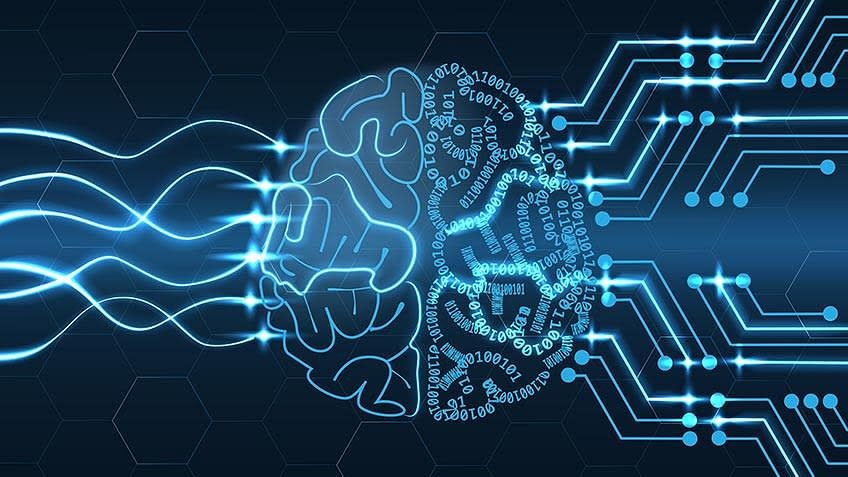
سجعان قزي
@AzziSejean
يُخطِئُ الأعيانُ الّذين يَطرَحون اسمَ الرئيس الياس سركيس نَموذجًا لمرشَّحٍ رئاسيٍّ تِقنيٍّ ومحايدٍ وتَسوويٍّ ومِطواع. مواصفاتُ الرئيسِ سركيس بعيدةٌ من النَموذجِ قيدَ التحرّي عنه. هؤلاءِ الأعيانُ لا يَعرِفون ربّما مسيرةَ هذا الرجل ومواقِفَه وميزاتِه، ولا ظروفَ انتخابِه رئيسًا، ولا العواصفَ التي ضَربت عهدَه (1976 ـــ 1982)، ونالَت من صِحّتِه وخلَّدَت اسمَه. يوم توفِّـيَ الرئيس سركيس في 27 حزيران 1985، كتبتُ تعليقي السياسيَّ في إذاعةِ “لبنان الحر” بعنوان: “مات مغفورًا له، بل غافرًا لنا”.
1 ـــــ كان الياس سركيس مرشَّحًا سياسيًّا بامتيازٍ لا مرشَّحًا تقنيًّا، إذ عاش الحياةَ الوطنيّةَ بكلِّ أبعادِها اللبنانيّةِ والعربيّةِ والدُوليّة، وشارك في صناعةِ القراراتِ السياسيّةِ والاقتصاديّةِ والعسكريّةِ مع الرئيسَين فؤاد شهاب وشارل حلو وضبّاطِ المكتبِ الثاني في الجيشِ اللبناني. فاوض جميعَ قادةِ الطوائف والأحزابِ والكُتلِ النيابيّةِ في البلاد، وإليه كان بعضُهم يعود قبلَ اتّخاذِ القراراتِ السياسيّة. ولـمّـا خاض انتخاباتِ الرئاسةِ أوّلَ مرّةٍ سنةَ 1970 كان مرشّحَ “الشهابيّةِ” ضِدَّ سليمان فرنجيه مرشّحِ “الحلفِ الثلاثيِّ” و”الوسَطِ”، وخَسِر على صوتٍ واحد. وجميعُ المناصبِ القضائيّةِ والقانونيّةِ والإداريّةِ والماليّةِ التي شَغلَها سركيس: قاضيًا في ديوانِ المحاسبةِ ثم مديرًا للشؤونِ القانونيّةِ في القصرِ الجُمهوري فمديرًا عامًّا للرئاسةِ فحاكمًا مَصرَفَ لبنان مدّةَ تسعِ سنوات (1967 ـــ 1976)، أعطَته المعرفةَ والخِبرةَ وقوّةَ الدفعِ الإضافيّةَ في مسيرتِه السياسيّةِ والرئاسيّة.
2 ـــــ كان الياس سركيس مرشَّحَ فريقٍ لا مرشَّحًا محايدًا حين فاز بالرئاسةِ سنةَ 1976. دَعمَته، آنذاك، “الجَبهةُ اللبنانيّةُ” وسوريا، وعارضَه تحالفُ “الحركةِ الوطنيّة” بزعامةِ كمال جنبلاط ومُنظمةِ “فتح” بقيادةِ ياسر عرفات الذي ــــ أي التحالف ــــ أيّدَ ريمون إدّه. وفي محاولةٍ لإلغاءِ جلسةِ الانتخابِ المقرَّرةِ في 08 أيّار 1976، فَجّر التحالفُ الوضعَ العسكريَّ في الأوّلِ والثاني من أيّار فسَقط 96 قتيلًا و116 جريحًا. ويومَ الانتخابِ، أعلَنت “الحركةُ الوطنيّةُ” الإضرابَ العامَّ وقاطَع الجلسةَ النوّابُ مؤيِّدو ريمون إده، ولم يَتورَّع تحالفُ فتح/الحركةِ الوطنيّة عن قصفِ مَقرِّ مجلسِ النوّاب الموَقَّت في “قصرِ منصور” بين مِنطقتَي الـمَتحف والبربير، وكادت قذيفةٌ تُصيبُ الرئيسَ كميل شمعون والشيخ بيار الجميّل. وبعد انتخابِ سركيس ظلّ الوضعُ العسكريُّ مضطَربًا حتى تشرين الثاني 1976.
3 ــــــ كان الياس سركيس مرشَّحَ معادلةٍ سياسيّةٍ










